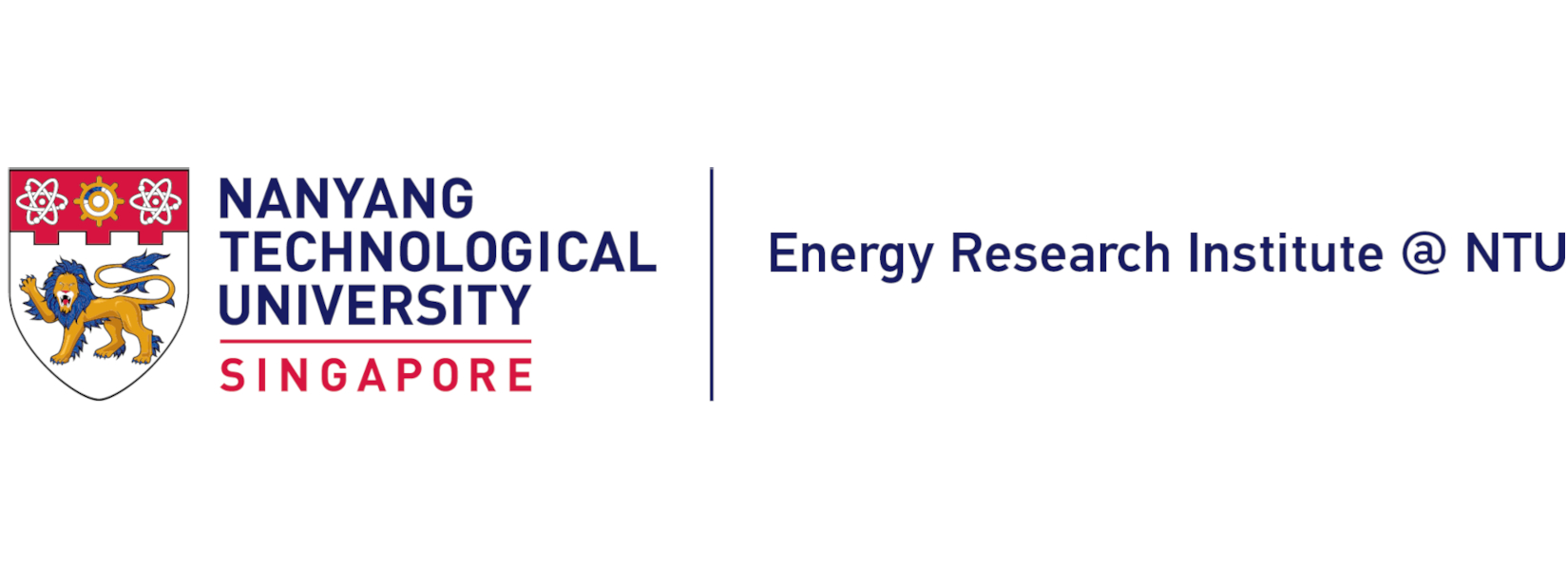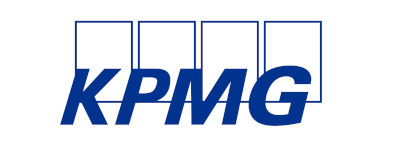The Energy Market Authority (EMA) has launched Singapore’s Demand-Side Flexibility Roadmap and outlined new initiatives for demand side resources to support the needs of Singapore’s power system. Demand flexibility describes the ability of electricity users to adjust their electricity use in response to the needs of the power system, helping to balance electricity supply and demand.
2 Singapore’s power system will transform significantly as we work towards achieving net-zero emissions by 2050. The electricity fuel mix, which is predominantly made up of natural gas today, will see the entry of more solar energy and electricity imports. With consumers adopting more distributed energy resources such as smart electric vehicle (EV) chargers and battery energy storage systems (BESS), EMA envisages that we could develop and tap on a larger pool of demand-side flexibility resources to contribute to the evolving needs of our power system. EMA’s Demand-Side Flexibility Roadmap charts the vision and plans to harness these resources.
Enhancement to the Interruptible Load Programme
3 Under EMA’s Interruptible Load (IL) Programme, business consumers can adjust their electricity demand to address imbalances in electricity demand and supply when called upon by the power system operator, and by so doing, help support a more reliable grid. To provide participants with greater certainty over their obligations during such contingency events, EMA plans to reduce each IL activation period to 30 minutes and will update the industry once the implementation details are finalised.
Harnessing distributed energy resources and loads that are highly available to support system reliability
4 The current pool of IL resources is opportunistic, reducing their offtake only when their schedules allow. This is largely due to the operational constraints of IL participants – these are mainly factories or production lines, whose primary focus is to keep their core operations running smoothly, and unable to offer IL capacity consistently, for prolonged periods.
5 There are some electricity users who may deploy distributed energy resources such as BESS and backup generators to support their operations and provide backup power. These resources are typically maintained on standby, placing them in a state of readiness that enables activation with short notice. Their capability to sustain load curtailment over extended periods suggests they could be well-positioned to provide ancillary services alongside their primary operational role. In addition, there may be some loads with higher or similar availability than conventional IL resources that can be curtailed to address the needs of the power system.
6 Collectively, these distributed energy resources and high-availability loads represent a potentially dependable and scalable means of contributing to system reserves, with the possibility of enhancing overall grid reliability. Hence, EMA will be publishing a Request for Information to explore the feasibility and design of a programme that can incentivise these distributed energy resources and loads that are highly available to support system reliability on a near-continuous basis.
Updates on Demand Response Programme
7 EMA’s Demand Response (DR) programme allows business consumers to reduce their electricity demand when wholesale electricity prices are high. Recognising the potential of DR to bring benefits to the power system, EMA expanded the DR programme to allow EV charging stations and BESS with nameplate rating below 10 megawatts (MW) to participate in the programme.
EV Charging Regulatory Sandbox
EMA is collaborating with ComfortDelGro on a 13-month regulatory sandbox to pilot the participation of EV charging stations and Environmental Control Systems of the SBS Transit Rail network in the DR programme. ComfortDelGro will leverage its EV Aggregation Platform and intelligent sensing system to automatically adjust energy consumption in response to power system needs. This initiative demonstrates a collaborative effort to test innovative solutions that enhance the resilience of Singapore's power system.
BESS Participation
With BESS being incorporated into a facility’s energy management system, participating business consumers can tap on power stored in their BESS during peak demand periods to reduce their electricity demand from the grid without affecting day-to-day operations. This gives the system more flexible resources to draw on when needed. EMA currently expects around 15 MW of BESS capacity to enter the DR programme when ready.
-- End --
About the Energy Market Authority
The Energy Market Authority (EMA) is a statutory board under the Singapore Ministry of Trade and Industry. Through our work, we seek to build a clean energy future that is resilient, sustainable, and competitive. We aim to ensure a reliable and secure energy supply, promote effective competition in the energy market and develop a dynamic energy sector in Singapore. Visit www.ema.gov.sg for more information.
For media enquiries, please contact:
Ms Chua Pei Ling
Manager, Corporate Communications
Energy Market Authority
Tel: (65) 9382 3158
Email: chua_pei_ling @ema.gov.sg













































